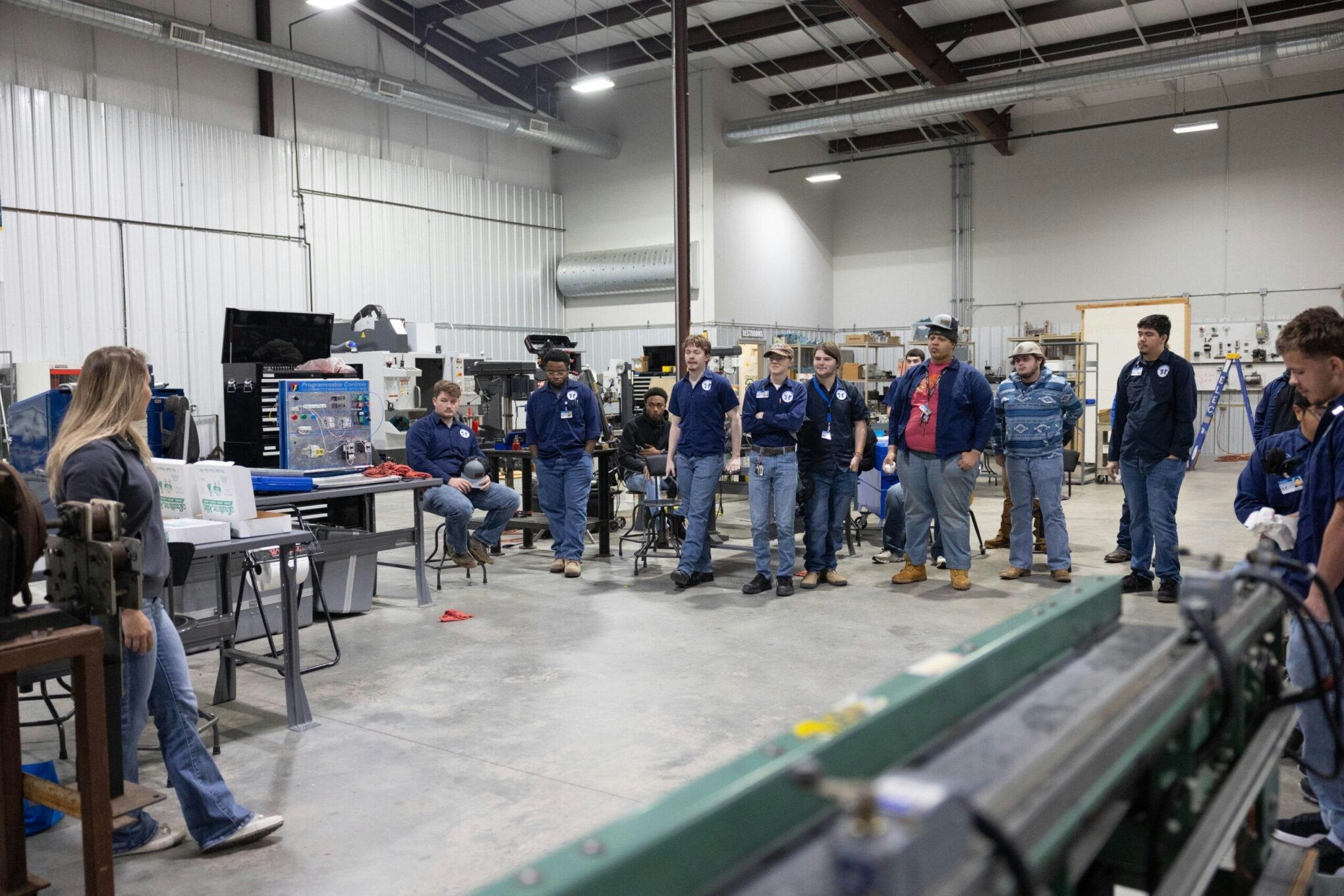
AeroGenie — 您的智能副驾驶。
热门趋势
Categories
FedEx and UPS: Comparing Their Widebody Cargo Fleets
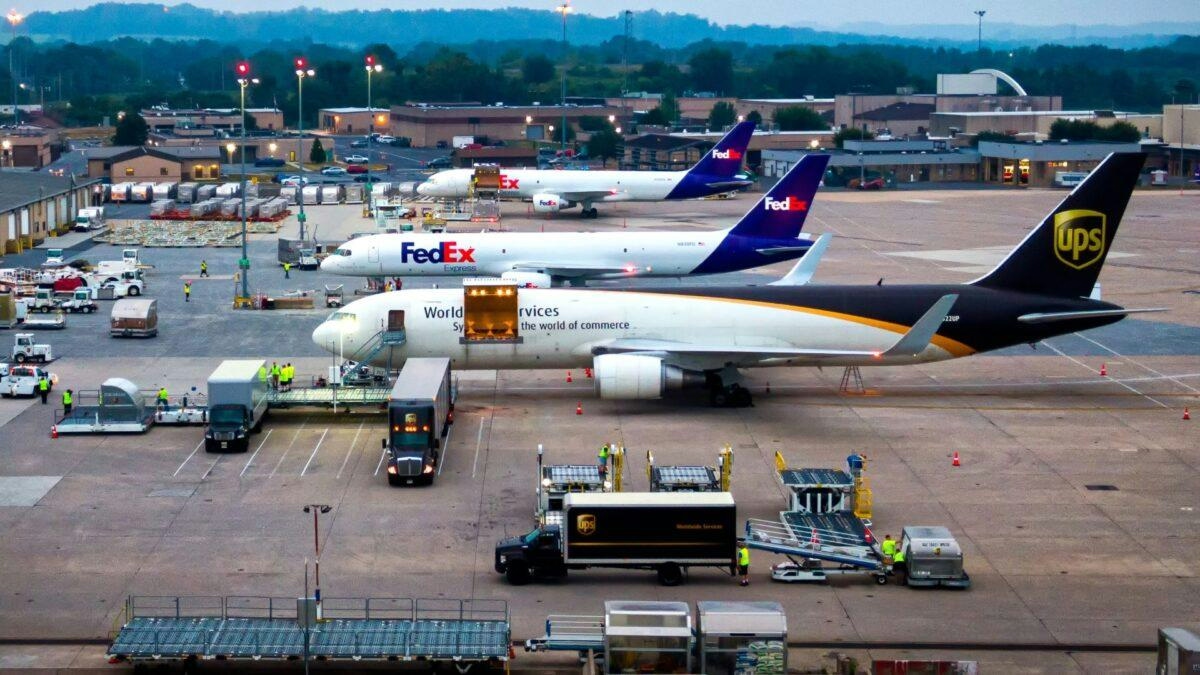
FedEx and UPS: Comparing Their Widebody Cargo Fleets
FedEx Express and UPS Airlines are two of the foremost cargo carriers globally, commanding significant influence over the air freight market through their extensive fleets and operational reach. Despite the emergence of new competitors such as Amazon Air, FedEx and UPS continue to dominate the industry, particularly through their deployment of widebody aircraft ranging from the Airbus A300-600RF to the Boeing 747-8F. These fleets are integral to their roles in facilitating global logistics and meeting the demands of international trade.
FedEx Express: Fleet Strategy and Global Operations
FedEx Express, the air delivery arm of FedEx Corporation, operates the largest cargo airline fleet worldwide, comprising nearly 400 aircraft that serve over 375 airports across more than 220 countries. Since its inception in 1971 and commencement of operations in 1973, FedEx has been a pioneer of the hub-and-spoke model, revolutionizing overnight delivery and reshaping global logistics networks. Its primary hub is located at Memphis International Airport, supported by major regional hubs in Indianapolis, Paris, and Guangzhou.
The company’s workforce includes pilots, maintenance personnel, and logistics experts, all supported by sophisticated tracking and routing technologies designed to optimize reliability and operational efficiency. Sustainability has become a central focus for FedEx, which has committed to achieving carbon-neutral operations by 2040. This commitment is underpinned by investments in Sustainable Aviation Fuel (SAF) and initiatives to reduce emissions in ground operations.
Despite these strengths, FedEx faces mounting challenges from a complex industrial environment and evolving logistics trends. According to JPMorgan, the company must navigate a shifting landscape as more shippers adopt regional supply chain models, which could alter demand patterns. Nevertheless, the global air freight forwarding market is expected to expand, driven by increasing global trade and the growth of e-commerce. FedEx anticipates higher peak parcel volumes in 2025, although shippers are preparing for increased fees.
Composition of FedEx’s Widebody Fleet
FedEx Express operates a total of 382 aircraft, with 295 classified as widebodies, making it one of the largest widebody cargo fleets in the world. The fleet includes the Boeing 777F, which offers a maximum payload capacity of 233,000 pounds and is well-suited for long-haul, intercontinental routes. The Boeing 767-300F, with a payload capacity of 127,000 pounds, serves medium-range routes efficiently, particularly across Europe and North America. The Airbus A300-600RF, though an older model, remains active on high-volume routes. The McDonnell Douglas MD-11F is gradually being retired as FedEx modernizes its fleet.
In response to changing global trade dynamics and supply chain uncertainties, FedEx recently introduced a direct cargo route between Dublin and Indianapolis, reflecting its adaptive network strategy.
UPS Airlines: Fleet Overview and Market Position
UPS Airlines, FedEx’s principal competitor, also operates a substantial widebody fleet that includes the Boeing 747-8F, 767-300F, and MD-11F aircraft. Its global operational scale and reach closely parallel those of FedEx. However, UPS’s growth trajectory has encountered setbacks, notably with the collapse of its planned acquisition of Mexican carrier Estafeta, which may impact its expansion ambitions in the Latin American market.
Outlook for 2025
As the air cargo industry approaches 2025, both FedEx and UPS are contending with a market environment shaped by expanding global trade, rising e-commerce demand, and evolving supply chain strategies. While FedEx faces near-term operational challenges, its ongoing investments in fleet modernization and sustainability initiatives, combined with a robust widebody fleet, position it to maintain a leading role in the competitive air freight sector.
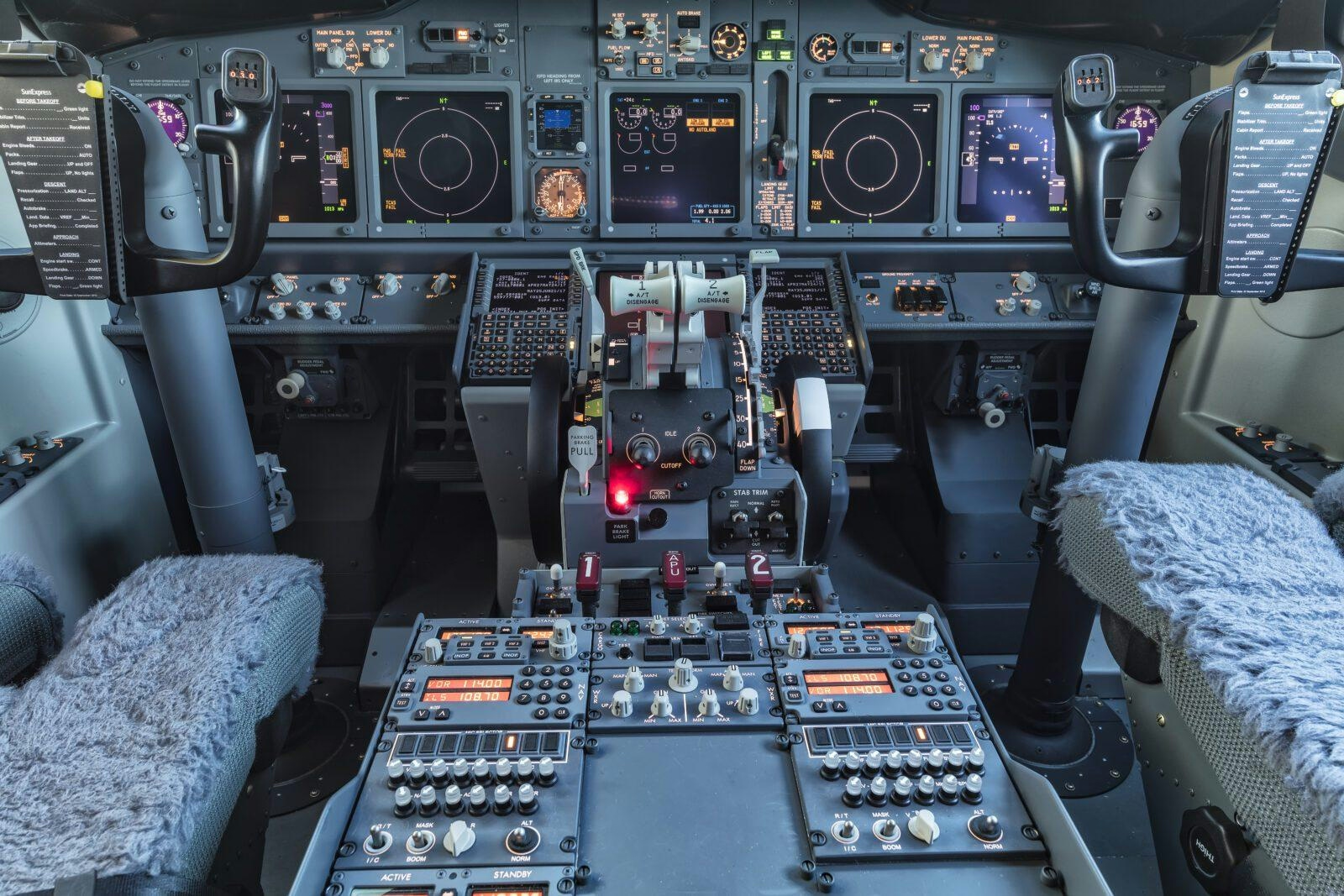
Investigators Examine Theory That Cockpit Sun Visor Caused Boeing 737 Engine Shutdown After Takeoff

Comparing the Fuselage Lengths of the Airbus A350-1000 and Boeing 787-10
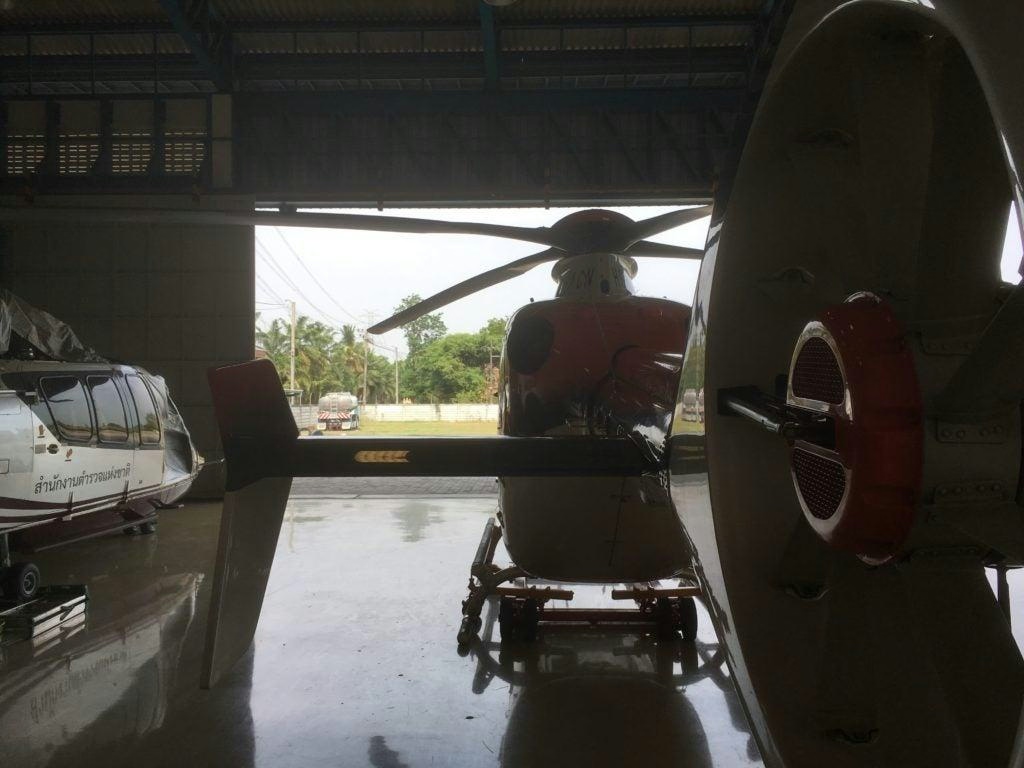
Thailand Establishes U-Tapao Aircraft MRO Center Contract for January 2026
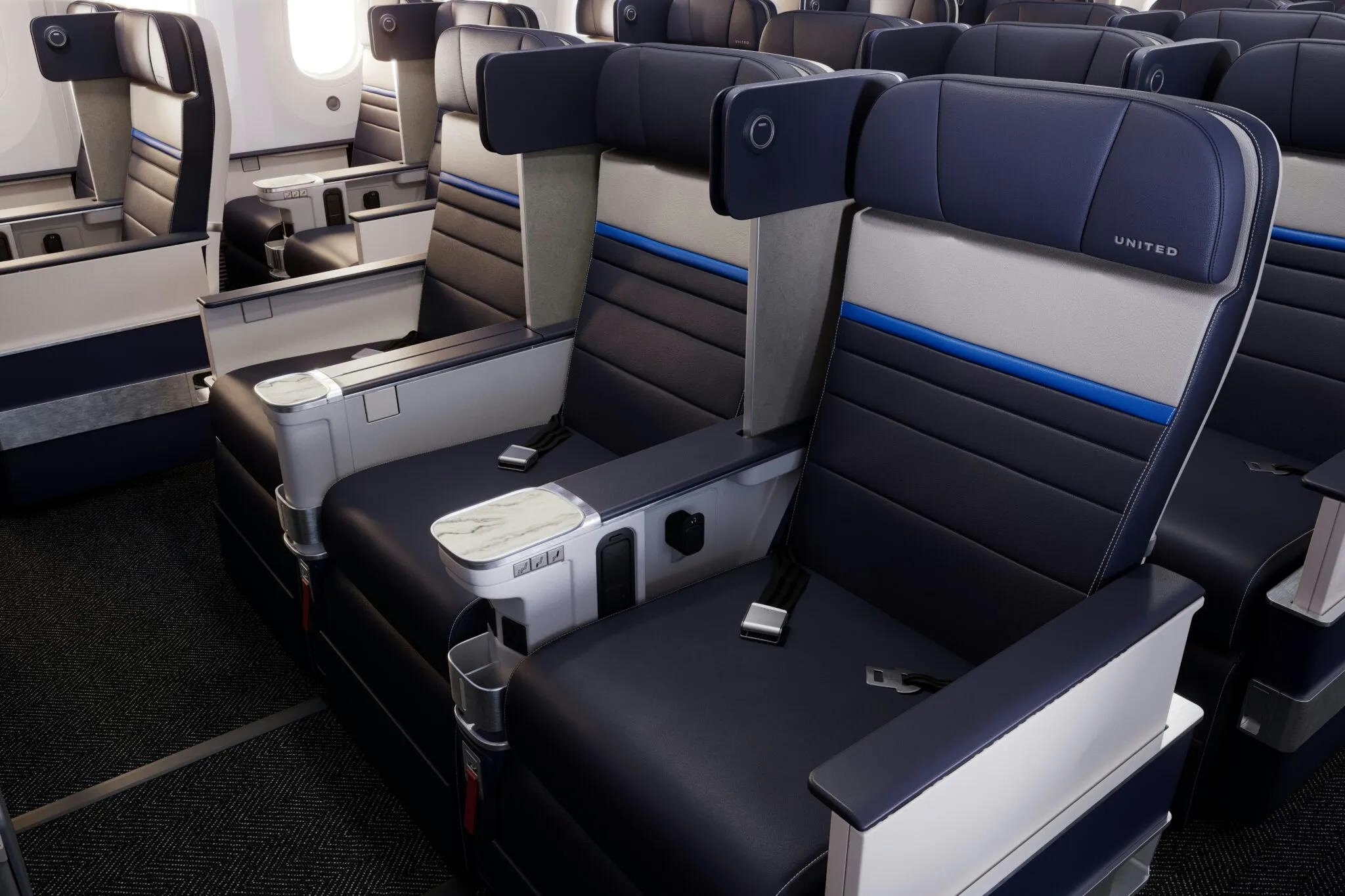
United Airlines Announces Routes for New Premium Boeing 787s
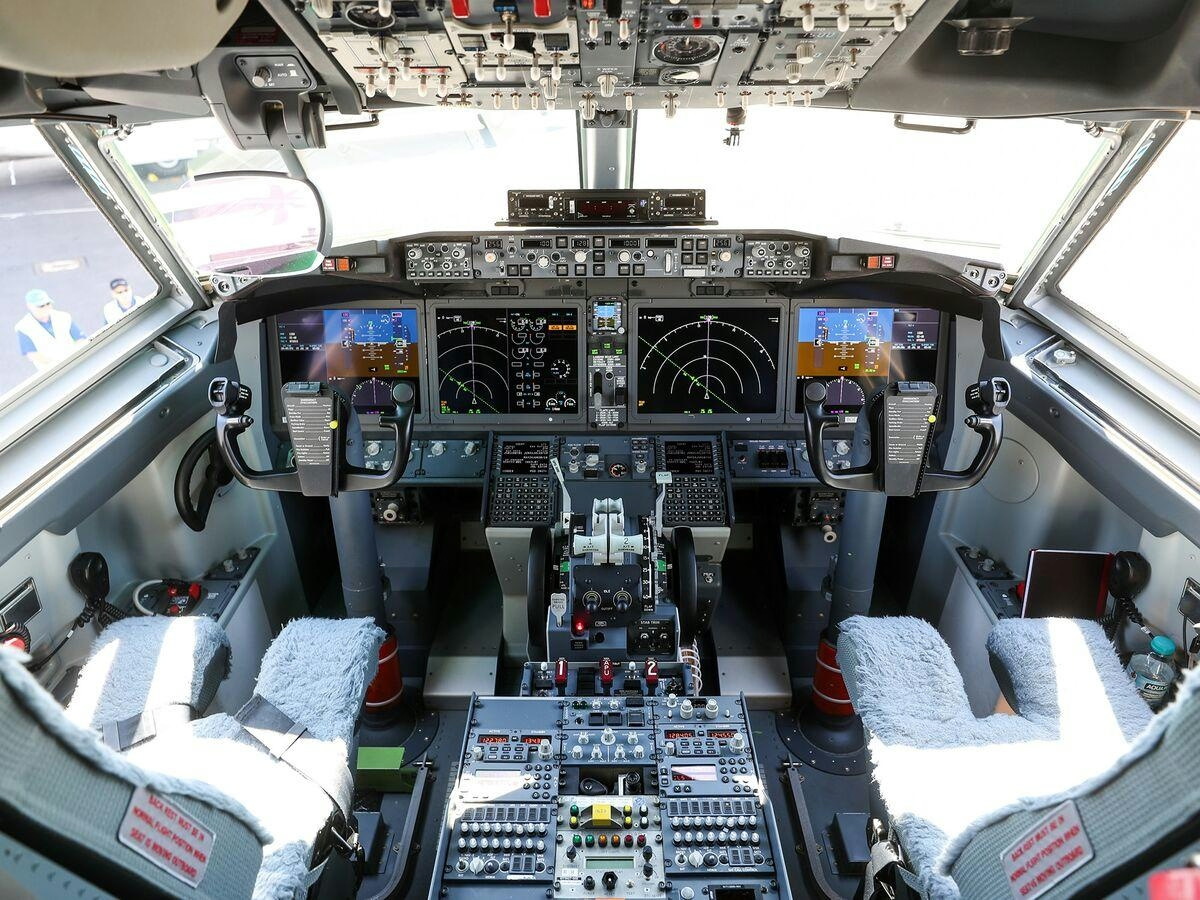
Boeing Introduces Remote Co-Pilot Technology
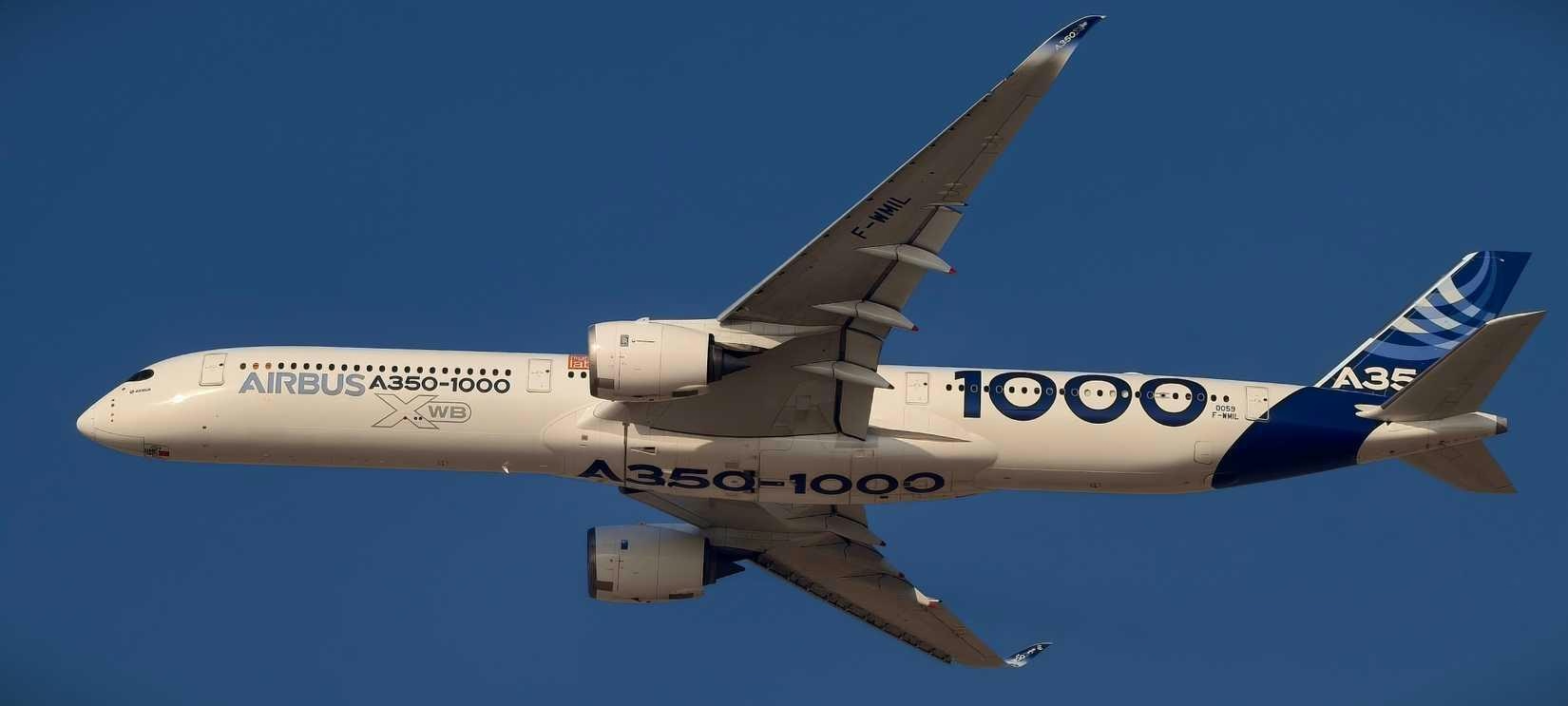
The Airbus A350-1000’s Fuel Efficiency Advantage Explained

McNally Capital Expands Aviation Operations to Support Global Tourism

Two Young Climbers Begin Winter Ascent of McKinley
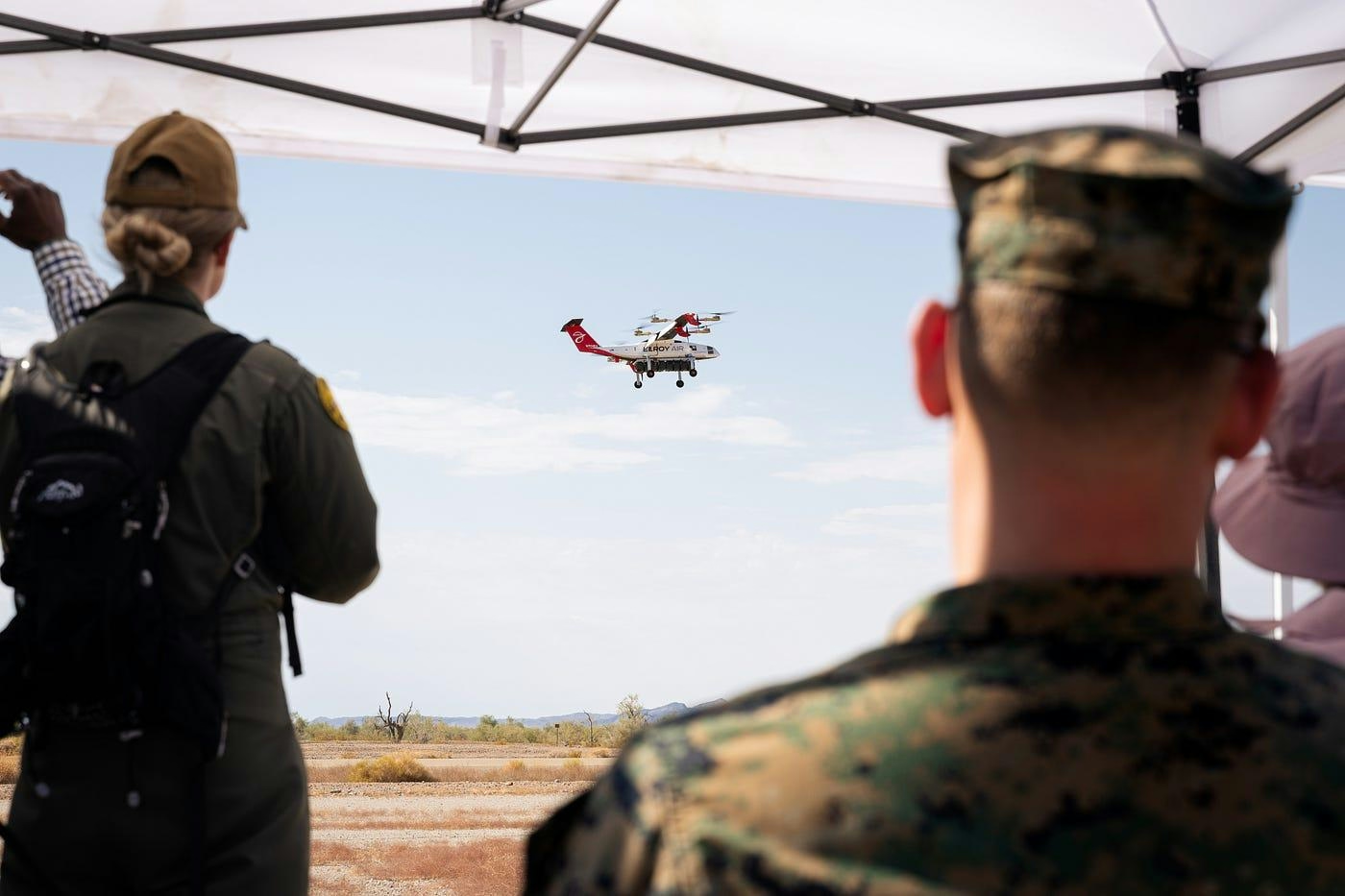
Elroy Air’s Autonomous Chaparral Delivers Lunch on A-to-B Flight
